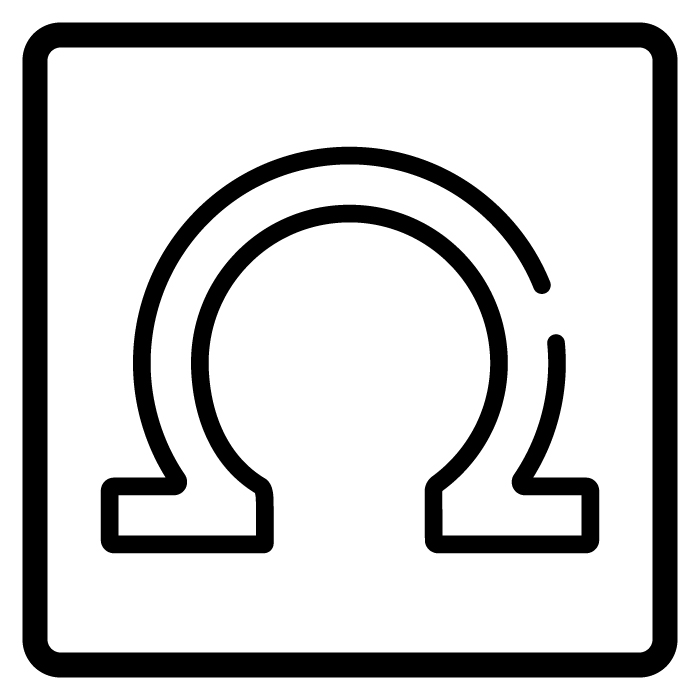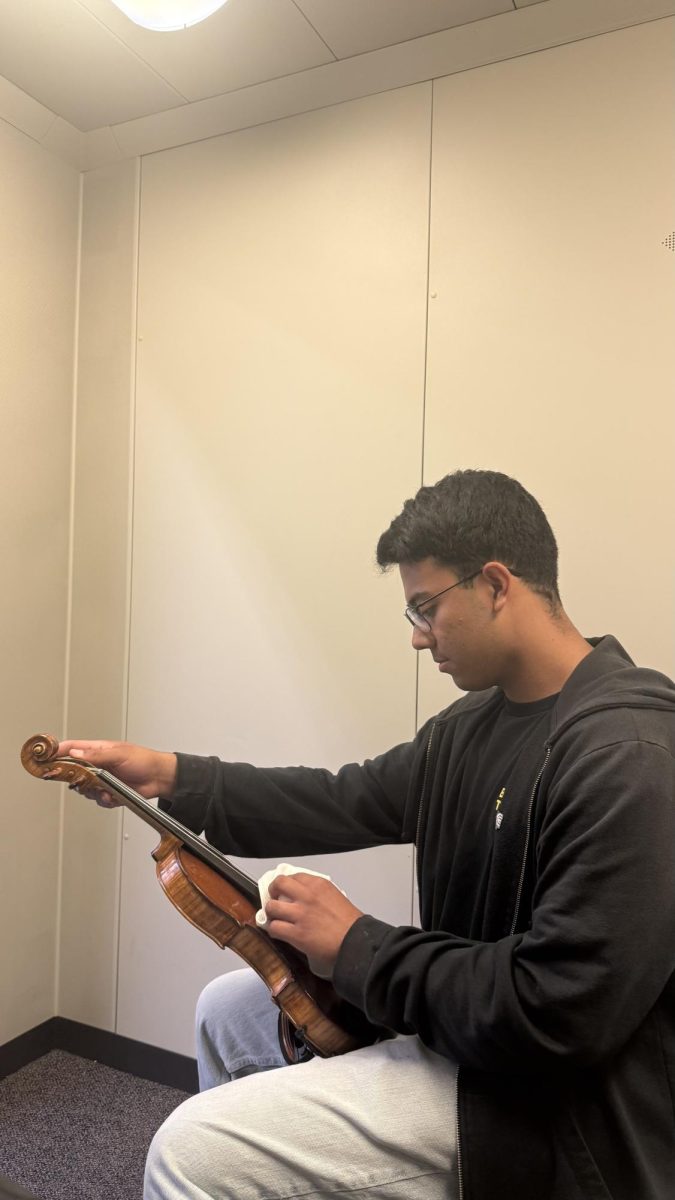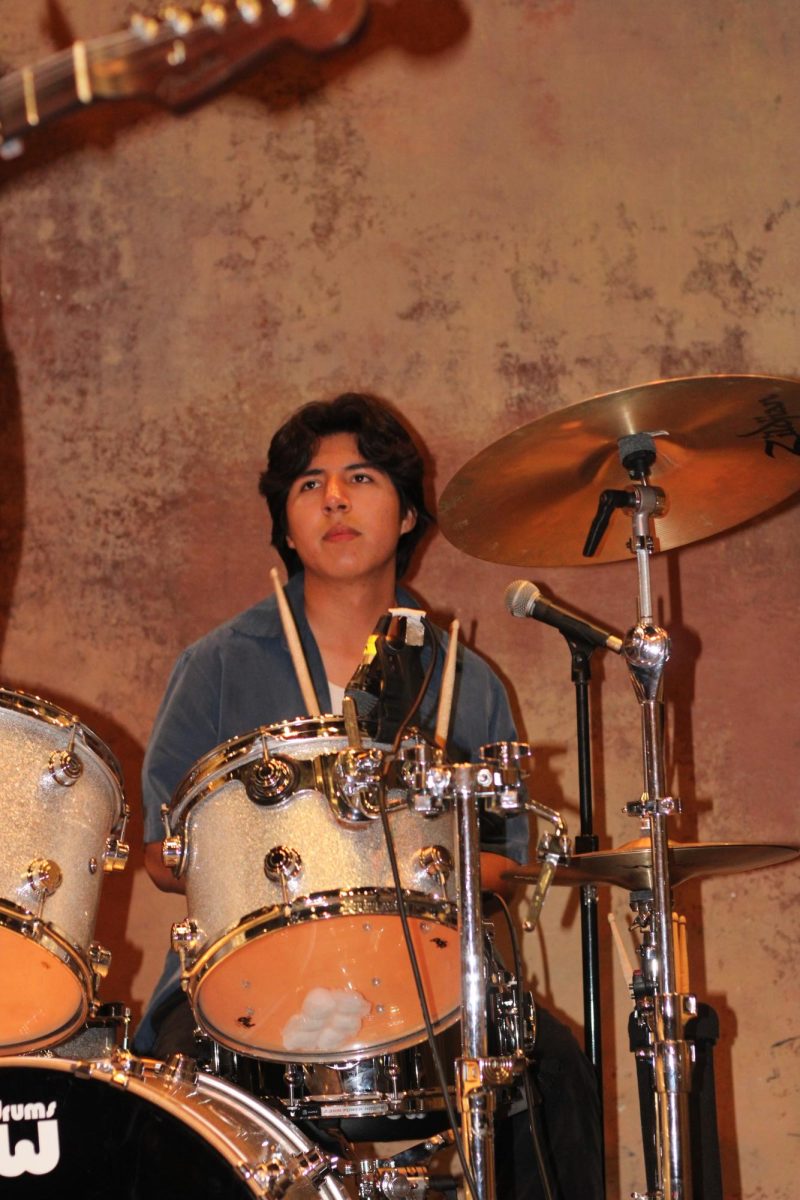From flutes to violins, instruments are put through daily wear. Proper cleaning ensures that they stay maintained and performance-ready, benefiting both students and the instrument.
Clarinet section leader junior Emily Yuan has a daily routine of mechanical cleaning for her instrument, including cleaning the mouthpiece that students use daily.
“All of them need sanitary cleaning because many of them you’ll blow into it. A lot of that [process] will just be emptying spit or swabbing your instrument after every time you play it. If you don’t swab it after every use, there could be a lot of bacteria involved after a while,” Yuan said.
Band and Orchestra director Katie Takahashi clarifies how instruments need maintenance for longevity and residue buildup. Also, repair costs can fluctuate for individual instruments. For example, replacing a violin string can cost anywhere from $20 to $300.
“One interesting maintenance routine we have is on the xylophone instruments like vibraphones and marimbas. Each key is suspended by a cord that holds it up just a bit so it can resonate. The interesting thing is that you actually use parachute cord for this. This is easy to get and can be purchased in large quantities fairly inexpensively,” Takahashi said.
Cleaning procedures are also differentiated for each instrument. Brass instruments need to have spit dumped out, while wind has microfiber cloths for the insides of the pipes wiped daily. Co-orchestra vice president and advanced jazz pianist senior Gabriel Gonzalez emphasizes the significance of attending to even the smallest, most specific details of each instrument.
“Players need to make sure their instrument is functioning smoothly. They need to make sure that the inside of their instruments are clean, otherwise spit and other gunk will build up inside. If you don’t maintain your instrument properly, it’ll be harder to use or even worse, the sound quality will suffer,” Gonzalez said.









